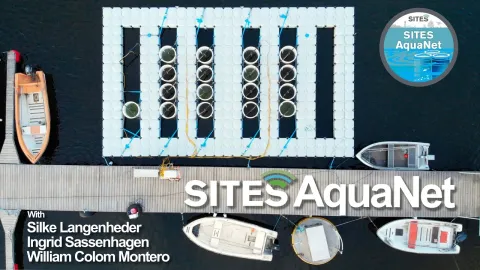A standardized infrastructure for researchers to run mesocosm experiments across lakes
SITES AquaNet offers
- Access to mesocosm equipment at five lakes spread across Sweden
- Technical support from qualified station personnel to run mesocosm experiments
- Established protocols to standardize both field and laboratory work
- Open access to data from previous AquaNet experiments as well as time series data in the lake and connecting stream(s) measured in the SITES Water monitoring program
Description of the infrastructure
The SITES AquaNet infrastructure is comprised of a floating platform containing mesososm enclosures, automatic sensors connected to a datalogging system and handheld sensors. A detailed description of the AquaNet infrastructure can be found in Urrutia-Cordero, P., et al. (2021). The following stations participate in AquaNet:
Mesocosm enclosures
The experimental platform consists of 144 floating connected blocks (50 × 100 × 40 cm). For the standard arrangement, the platform is organized to form five rectangular openings (size 1 × 7 m) where the mesocosms are located. The mesocosms are UV-resistant translucent cylindrical polyethylene containers (1.5 m deep, 0.8 m diameter) with a total volume of 700 L. In total, 20 mesocosms are available at each site, of which at least 16 can be equipped with an autonomous sensor system. In principle the platform is flexible and can accommodate different mesocosm setups, including the option to use polyethylene bags.
Sensor measurements
Several water quality variables (light, turbidity, temperature and oxygen, chlorophyll-a and phycocyanin concentrations) can be continuously monitored in each mesocosm with a set of sensors. The sensors are wired to a common cabinet where data is recorded and made available real-time. The sensor set-up allows for capturing ecological responses at a detailed temporal scale. In addition, handheld sensors offer the possibility to measure in-situ pH and conductivity. In principle, it is possible that researchers add their own instruments and equipment to the infrastructure, however, this requires careful planning together with SITES AquaNet.
Contact
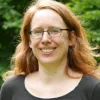
AquaNet Resources
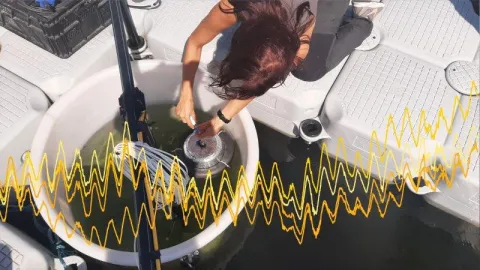
AquaNet data avaliable on the Data Portal
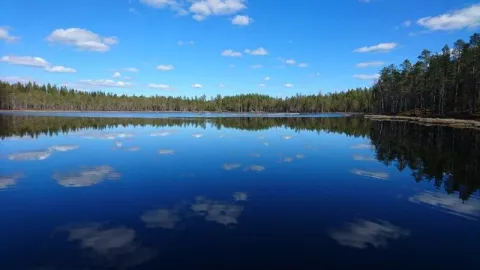
Information about the lakes used in SITES AquaNet
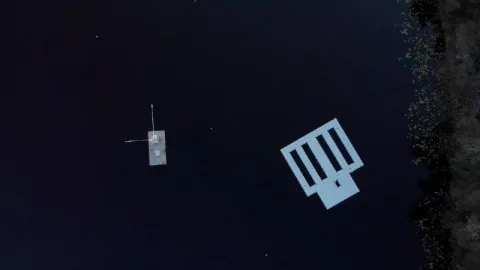
Follow SITES AquaNet on X/Twitter
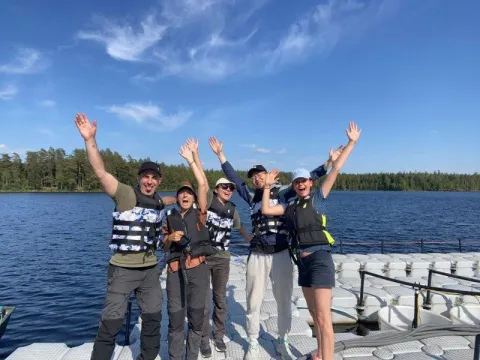
Apply for the 2025 open call for mesocosms experiments
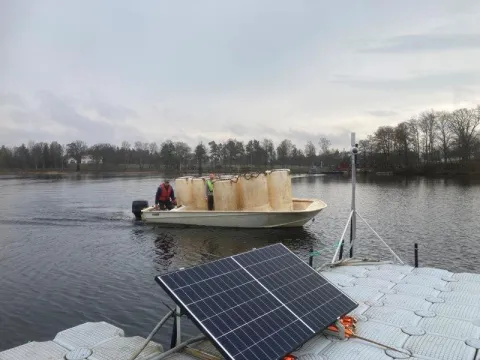
Explore data and protocols from previous AquaNet experiments
